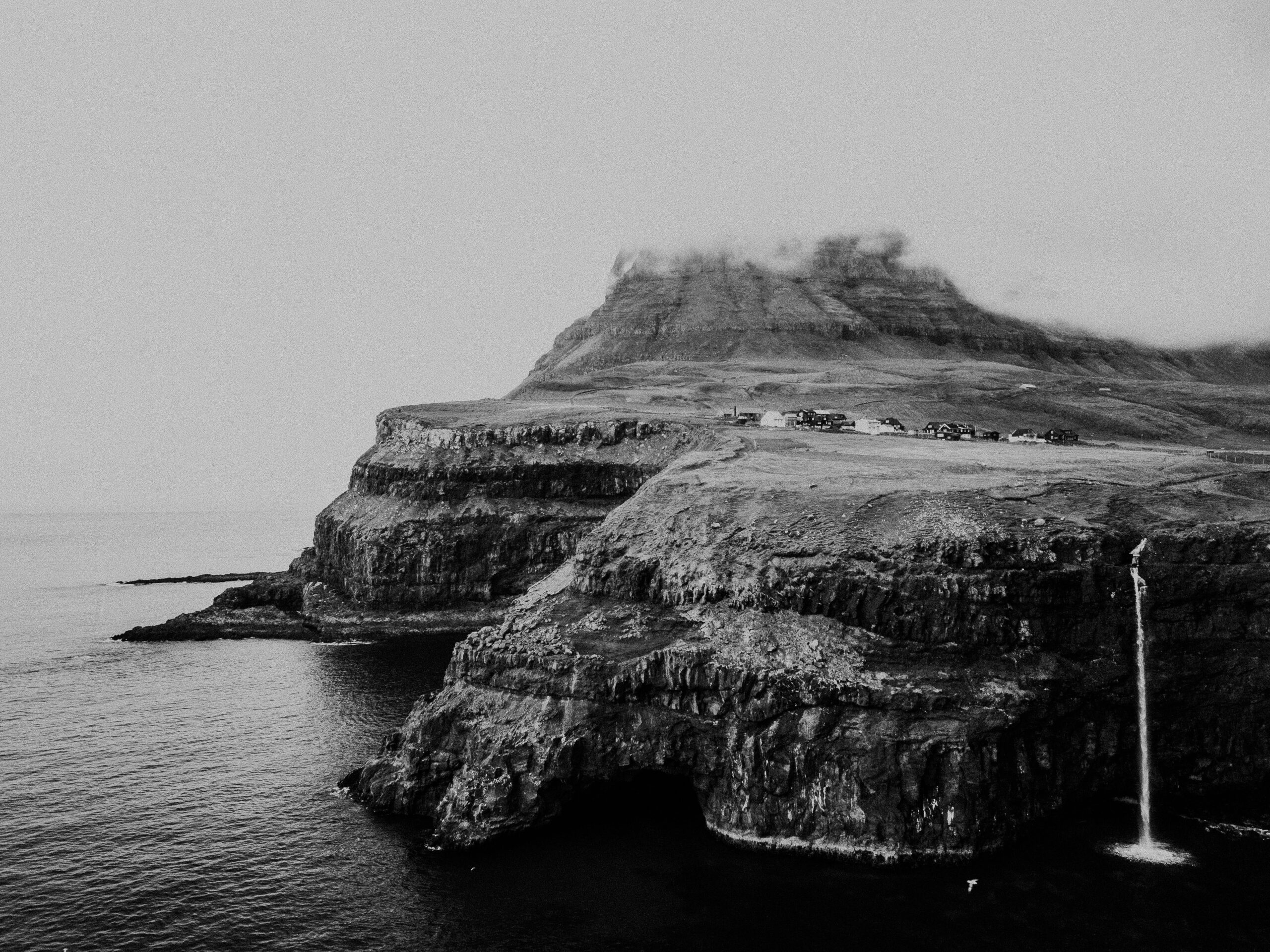Representatives of the Faroese Geological Survey – Jarðfeingi – are always attending industry conferences, such as the recent BEOS Conference in London last week, showcasing the potential of the area in terms of hydrocarbon prospectivity. They also confirmed that public support for oil and gas exploration is relatively high across the country.
In a way, this is surprising given recent developments in Greenland where oil and gas exploration is now off the table and Denmark where there has been lots of attention to the government’s decision to stop production of oil and gas beyond 2050.
However, the Faroese Islands are clearly on another path and would welcome companies willing to explore. There is a strong anticipation that there are volumes to be proven and that there is renewed interest from industry following the release of all licences, as a leaflet available at Jarðfeingi’s booth at the BEOS Conference describes.
Niels Christian Nolsøe, director of the Faroes Geological Survey, says: “In reality, energy companies are already looking for oil and gas in the Faroese sector. They are allocating manpower to this search and to studying the data.” He even expresses the possibility that an energy company may apply for a licence through the Open Door policy as soon as this autumn. To put more gravity behind this, he added that “I also base this on the actual inquiries we are dealing with at the moment.”
So far, after drilling of nine exploration wells across the Faroese offshore sector (see map), one discovery has been made by the Marjun 6004/16-1Z well close to the UK median line. Although the well proved between 11 and 95 MMboe in Paleocene sands, the size and low anticipated recovery factor prevented further development.

The most challenging aspect to exploration in the Faroese sector are thick layers of intrusives and extrusives emplaced in Paleocene and Eocene times.
HENK KOMBRINK

